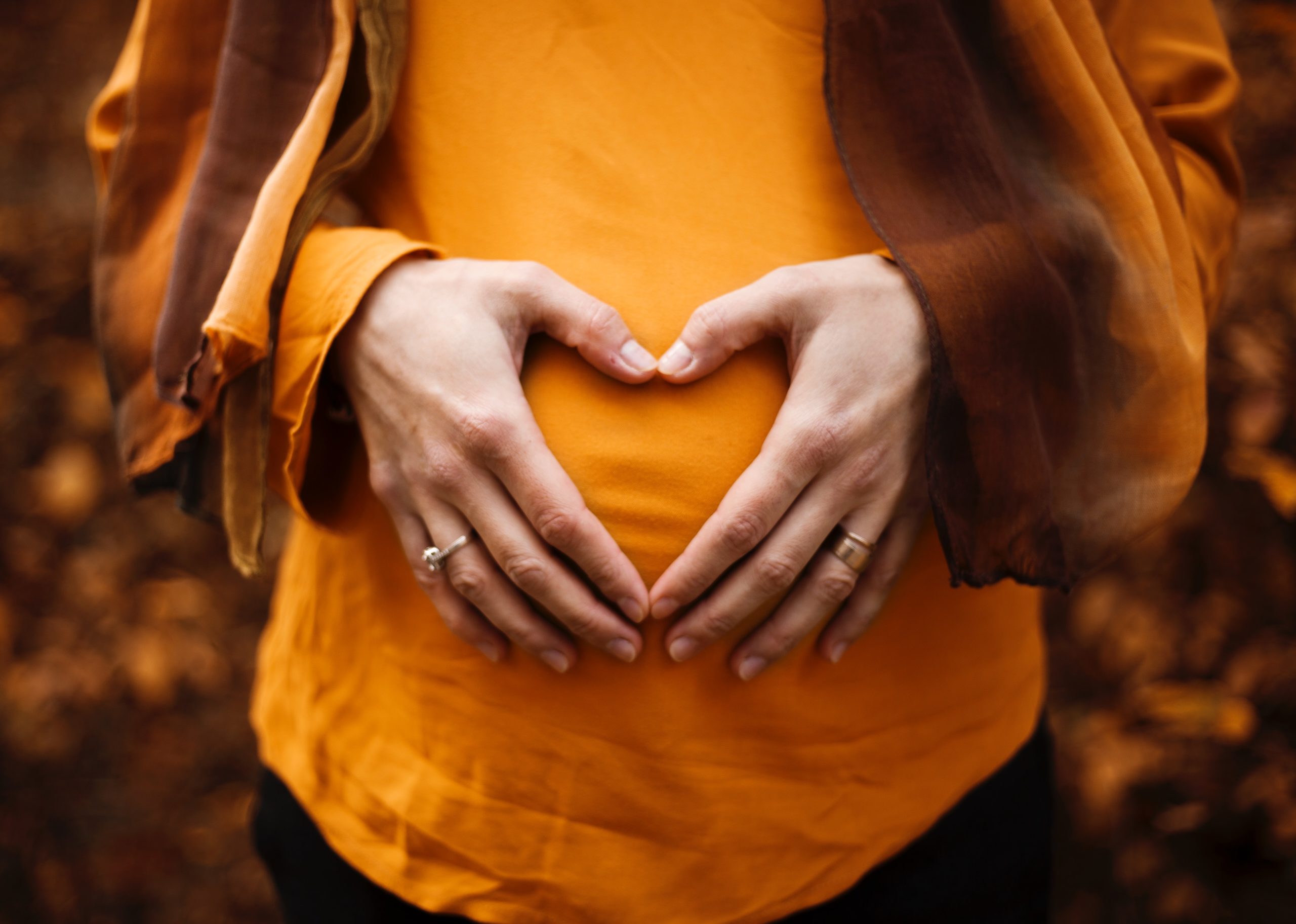Programs
Blog
About
PRegnant
LifeStyle
Postpartum
EXPECTING A BABY IN THE NEXT FEW MONTHS?
DOWNLOAD MY FREE POSTPARTUM ESSENTIALS CHECKLIST
Hi, I'm Liz!
I'm a chocolate-loving nutritionist,
pre & postnatal coach, doula and let's face it- total birth nerd 🤓.
I'm here to help you cut through mommy-marketing and pinterest perfection to confidently cultivate a pregnancy and postpartum experience you totally love.
Let's Connect
RECIPES
BREAKfast
beverages
main dish
dips & Dressings
salads & Sides
snacks
soups
treats
instant pot
one dish meals
quick meals
Pregnancy
Birth Planning
FIrst Trimester
Second Trimester
THird Trimester
Postpartum
Postpartum Planning
FOurth Trimester
REcovery
wellbeing
Fitness
Pregnancy Loss
Understanding Loss
Recovery After Loss
Friends & Family SUpport
PArent Life
Pregnant?
Check out the
5 core exercises you need to know!
Take the stress off your plate! Download
Meals Made Simple!
i need this!
Yes Please!
shop SAfer at beautycounter
Get the BEst Non-toxic Deodorant!
FItness
Nutrition
Nutrition
Grief & wellbeing
Pregnancy After Loss
Understanding Loss
Recovery After Loss
Friends & Family SUpport
Grief & wellbeing
Pregnancy After Loss
Understanding Loss
Recovery After Loss
infant & Toddler Feeding
Grief & wellbeing
Pregnancy After Loss
Newborn Care
Family Dynamics
PArent Relationships
lactation
Pregnancy After Loss
The Ins and Outs of Digestion
Ins and outs… get it? I’m hilarious I know.
Good digestion is KEY to nutritional therapy.
You could be eating the most amazing, nutrient-dense, organic, grass-fed, pastured, blessed, lovingly-harvested, insert-whatever-other-food-buzzword-you-like-here piece of kale, but it won’t do you a bit of good if you can’t properly digest it. Read on to learn more about good digestion and get three easy tips to improve your gut health right away!
So what does good digestion look like?
Well, dear friends let me start off by sharing that digestion is a North to South process.
It starts with the BRAIN in a relaxed, parasympathetic state and the site, smell or thought of food.
Wait. Brain? Doesn’t digestion start in the mouth or the stomach?
Nope! Kid you not, this whole process starts in the brain. That’s why it’s important to sit, relax and enjoy your meal. The process doesn’t work otherwise!
The site, smell and thought of food trigger other reactions further south in the process.
For example… Waking up to the smell of bacon frying on the stove and freshly brewed coffee wafting through the air is enough to make your mouth water! If its not, we should talk.
This mouthwatering sensation are your salivary glands going to work, producing an important enzyme called salivary amylase. This also triggers the stomach to start the production of gastric juices like HCL.
Okay, so what happens in the mouth?
The mouth provides the mechanical break down of food. This mechanical break down (hint: its chewing…) is SUPER important, especially for the digestion of carbohydrates. The chewing motion mixes saliva (full of enzymes) with carbohydrates and begins the break down process, making the rest of the digestive process easier on your stomach and small intestine.
Cool I chewed… now what?
 Key players in the digestive process. Thanks to BBC for the image.
Key players in the digestive process. Thanks to BBC for the image.
Chew some more! It’s really important, remember!
Good? Good.
Now all that chewed food travels down the esophagus into the stomach for a little burn and churn action. The stomach does both a chemical and mechanical breakdown of food, physically mixing food with highly acidic gastric juices. The high acidity of the stomach is the perfect environment to breakdown proteins and kill-off pathogens.
Wait. Isn’t Stomach acid bad for me?
Short answer: NO NO NO NO!!! Good stomach acid is ESSENTIAL. So essential I am dedicating a whole post to it. Stay tuned!
Moving on…
Once the contents (its really hard to refer to it as food at this point) of the stomach have reached the proper pH, it moves down the line into the small intestine, where it is bathed in enzymes and bicarbonates. Bile, made in the liver and stored in the ever-important gallbladder, is secreted to help with the digestion of fat.
The majority of nutrients from our food are absorbed in the small intestine!
But wait there’s more!
Once the small intestine has done all the digesting and breakdown it can do, the leftovers travel to the large intestine or colon. Here, water is absorbed and any leftover vitamins and minerals are absorbed.
The remaining content is eliminated…
Seems simple. But really… why do I care?
In the real world, with stress and deadlines and fast food and cars with cup-holders the digestive process is sabotaged before it can even really start. This can lead to host of not-so-fun digestive issues.
So what do I do?
Three tips to Improve your digestion:
- Before a meal, take a moment to remove distractions, like TV, your phone or the computer. Give yourself 30 minutes of no screens. You can do it!
- Try relaxing by taking a few deep breaths, saying grace, or just taking a moment to admire your culinary mastery. Remember digestion starts with the body in a relaxed state. If we can’t achieve that, the rest of the southern processes suffer.
- Finally, just spend time chewing your food. This takes practice (seriously), but its worth it. Speed-racer with the fork? Try setting your fork down after each bite to fight the urge to win the dinner race. If food isn’t chewed well, it can’t be properly digested in the stomach, making your grass-fed, heirloom kale ineffective. In other words, carbohydrates ferment, proteins putrefy and fats go rancid. GROSS. This leads to belching, heartburn, bloating and a host of other issues. No one’s tryin’ to do that!
Try implementing these tips at your next meal. Your gut will thank you!
Related
October 3, 2015
Liz Winters
The post may contain affiliate links and the site may earn a commission on some products.
Every item on this page is chosen and recommended by the LWW team.
Read more about our Affiliate Disclosure here.
Holiday hits
Don’t miss these!
Want to add a little ease to your routine as a parent?
Get all my favorite tips, tricks and recipes delivered straight to your inbox.
start here
blog
work with liz
programs
non-toxic living
podcast
contact
© 2021 LIZ WINTERS WELLNESS // WEBSITE BY PINEGATE ROAD
Terms & Conditions
start here
blog
work with liz
PROGRAMS
non-toxic living
podcast
contact
© 2021 LIZ WINTERS WELLNESS // WEBSITE BY PINEGATE ROAD
Terms & Conditions
BADASS Birther's Club
Postpartum Recovery After Pregnancy Loss
How to Support Loved Ones After Loss
start here
blog
work with liz
PROGRAMS
non-toxic living
podcast
contact
© 2021 LIZ WINTERS WELLNESS // WEBSITE BY PINEGATE ROAD
Terms & Conditions
Pregnant
Postpartum



